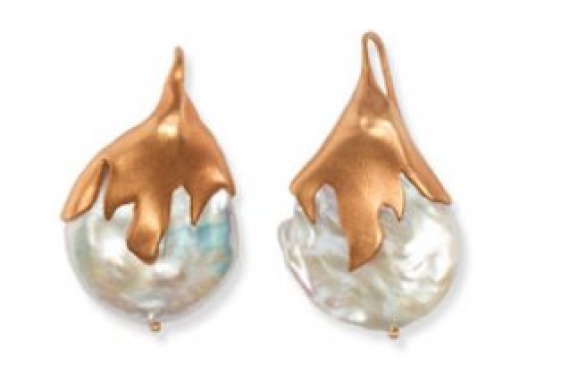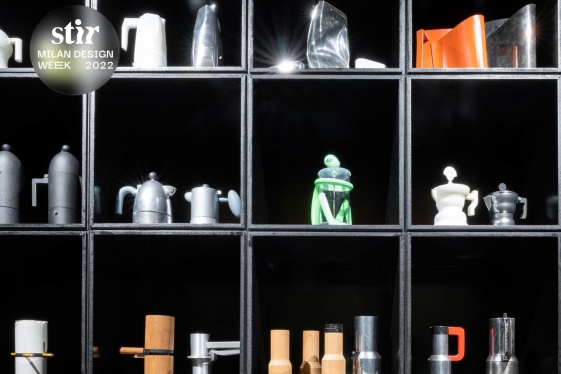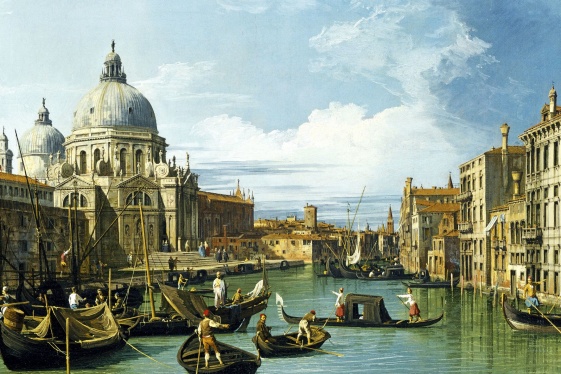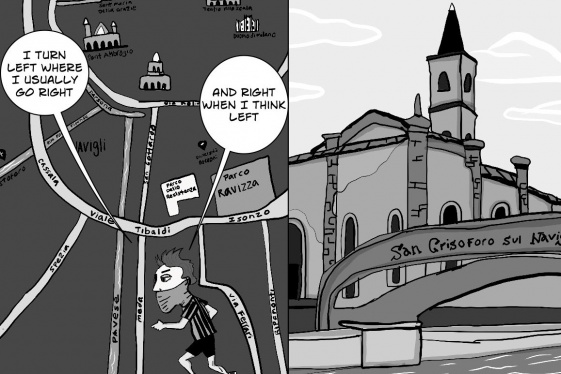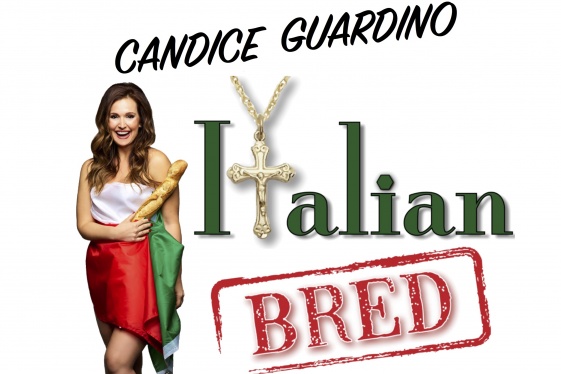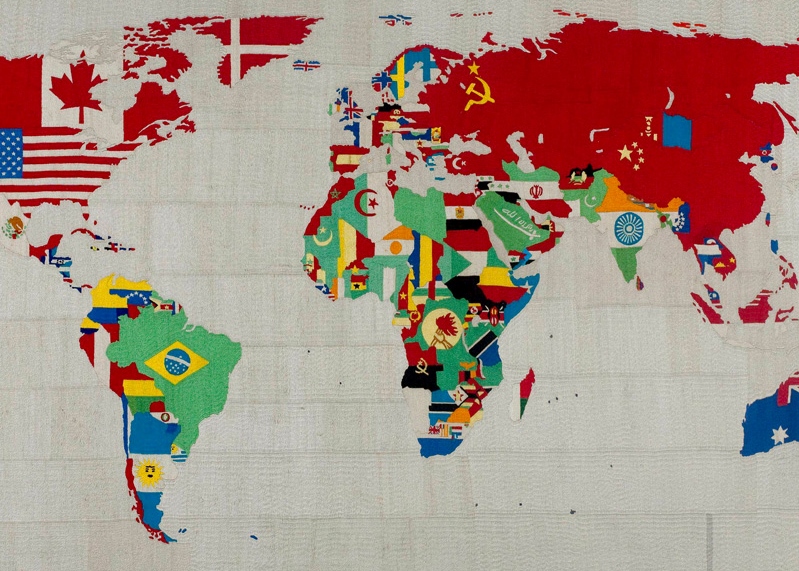

BY: SIDDHARTHA MITTER
It doesn’t take long to spot the tendencies of members of Arte Povera, the “poor art” movement that took shape in late-1960s Italy. Each of the poveristi had certain creative signatures — generally fertile, sometimes meandering toward shtick. Michelangelo Pistoletto did the mirror paintings, where the viewer is forced into the work, sharing the mirror’s surface with painted human figures. Alighiero Boetti had a geography obsession; he had maps woven by Afghan artisans, made books enumerating the world’s longest rivers, and played with postcards, magazine covers, and assorted lists.
The Fibonacci number sequences — written in neon spirals or scribbled on canvas — are Mario Merz’s, as are the steel-plate igloos. The wall sculptures of steel beams and metal shelves, laden with ground coffee or other goods, are by Jannis Kounellis. The marble pillars, swaddled in silk, that open at their bases into bird’s-feet of Murano glass, belong to Luciano Fabro. So do the upside-down outlines of Italy, painted gold or cast in lead or mounted on sticks, interpreting the country’s mood at the time of making.
SOURCE: https://www.villagevoice.com
You may be interested
-
Italian auto supplier Brembo to build new U....
Italian brakes maker Brembo will build a new foundry in Michigan to expand its manufacturi...
-
L'Arte del Gioiello Italiano - Lecture and T...
How has Italy influenced the world of Jewelry? Join us for a special lecture on the a...
-
'A small New York': Palm Beach to become home...
Miami-born and Italy-raised, jewelry designer and accomplished equestrian Lucrezia Buccell...
-
'Alessi 100-001' celebrates 100 years of Ales...
Iconic Italian design brand Alessi is celebrating its centennial with an exhibition titled...
-
'Canaletto and the Art of Venice' comes to BF...
RAMParts Presents, in partnership with Exhibition on Screen, brings the 90-minute feature...
-
'Ducale' by KREOO to Be Featured at Studium S...
NYC tile and surfaces showroom STUDIUM will be offering "Ducale" by KREOO (USA), a luxury...
-
'I'm part of this crazy history': Finding ins...
Everyone in Italy has felt the effects of the Covid-19 pandemic. For Adam Rugnetta, an Am...
-
'Italian Bred' Staten Island native brings he...
Watch for actress/playwright Candice Guardino's "Italian Bred" at the famed Paramount Thea...




